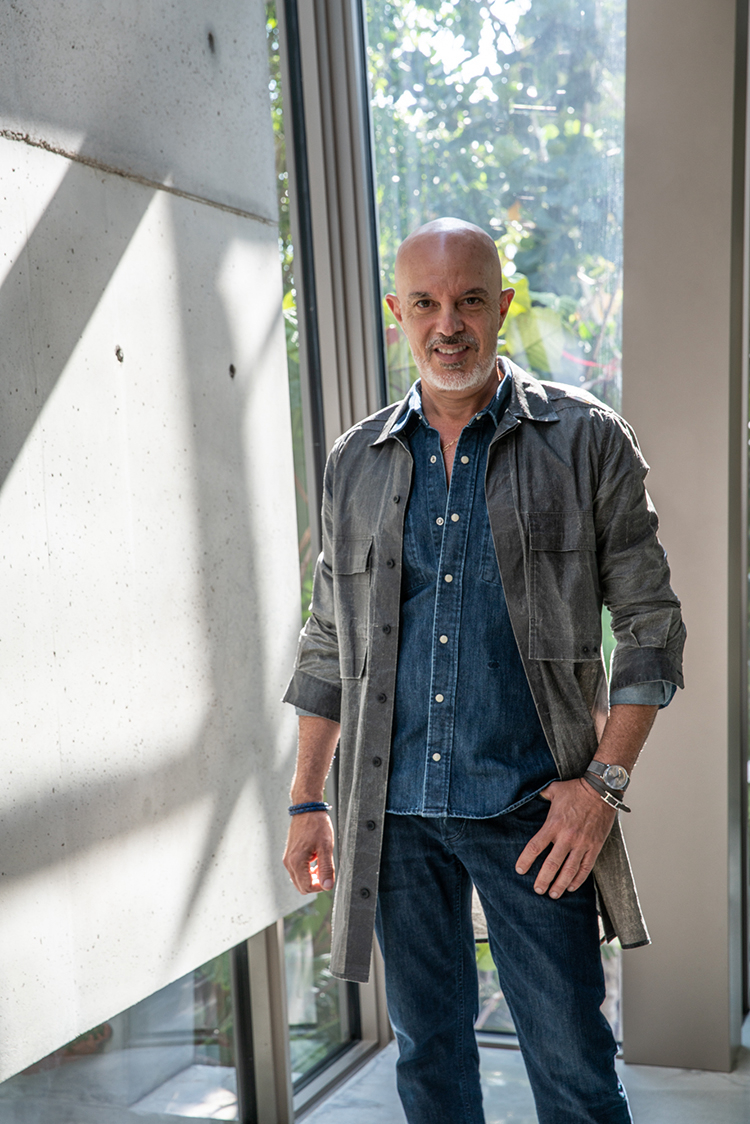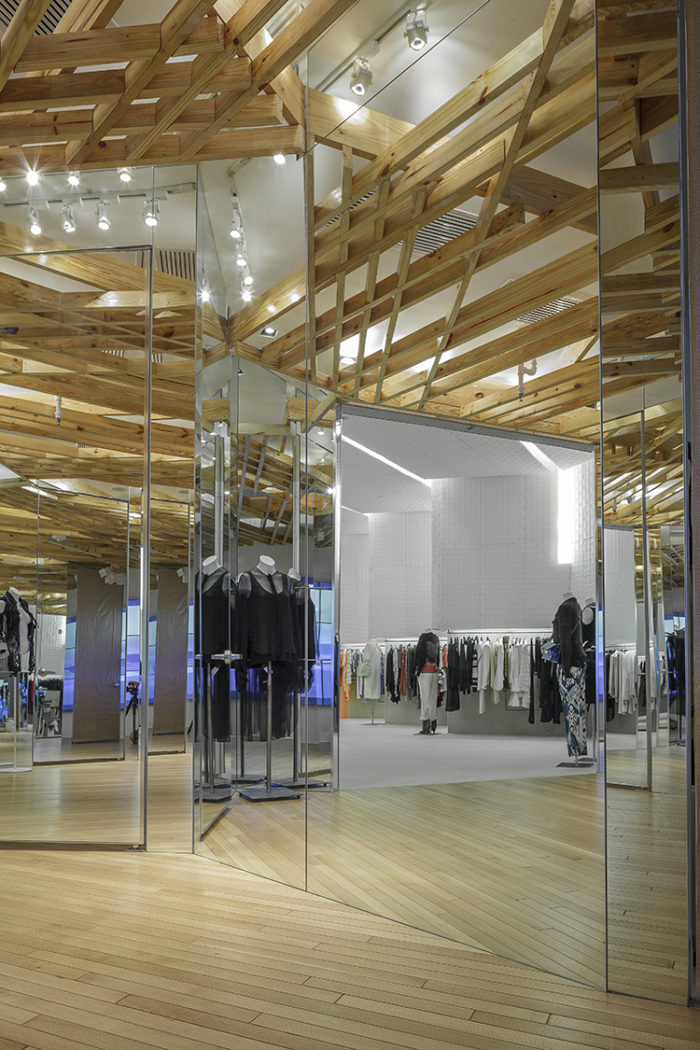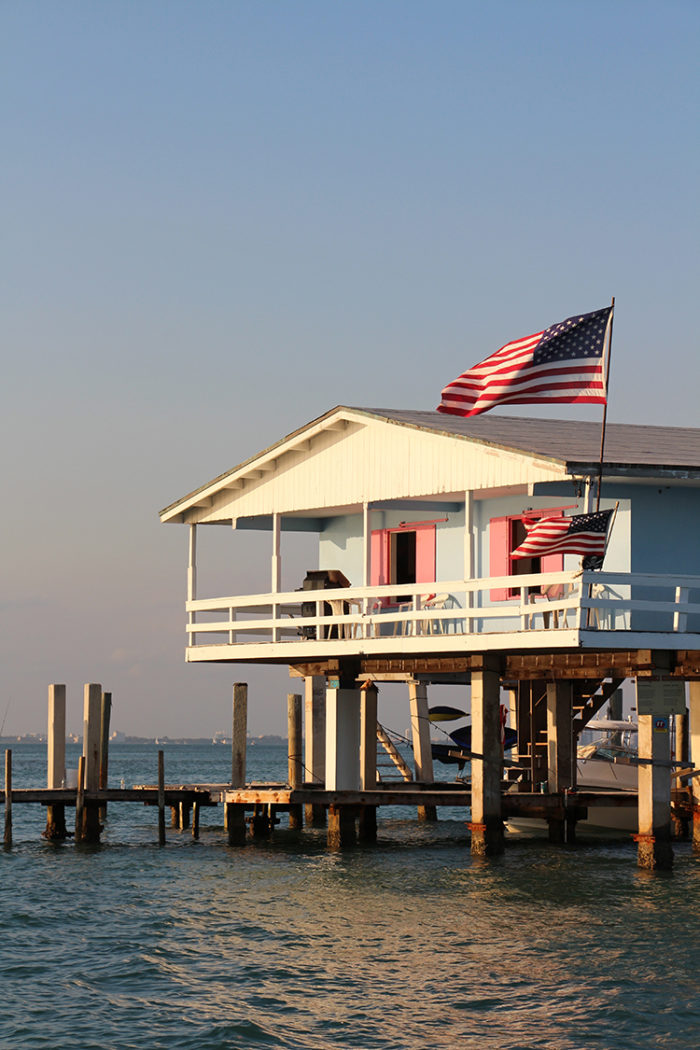
Architect Rene Gonzalez did not intend for Not Lost in Translation, a recently released survey of 12 major projects, to focus exclusively on his work in Florida, but this direction progressed as smoothly as the South Beach tides. The Sunshine State and its design motifs are embedded in his DNA. One of Miami's most recognized architects, Gonzalez draws abundantly from the visual vocabulary of his surroundings as he creates imaginative structures resilient enough to withstand impending environmental issues. Cultured sat down with Gonzalez to discuss his new book, the nuances of the Miami environment and how design can respond to the threat of rising sea levels.
How does it feel releasing a book that highlights some of your most notable projects that are in your own home state? It feels extraordinary to have created a book that captures essential qualities of Florida, and more specifically, of Miami. Initially, we did not set out to make a Miami-centered book, however as the project developed, it very naturally evolved into a testament of the interconnectedness between the work that we do, and the cultural landscape and natural environment. Inserted into the project pages, the book also has two photo essays with texts by Beth Dunlop–one on Stiltsville and one on Little Havana–hat portray these distinct areas in a sensorial and ethereal way.
Is there any site-specific message or details you try to embed in your designs when designing for retail, commercial or a residence? Rather than a message or a detail, it is more about capturing a special quality, or taking an initial, abstract concept such as the shadow of a palm frond or mangrove tree and evolving it into a design direction for an entire project. Nearly all of the projects featured in the book include several pages of the sketches and inspirational photographs that informed the finished design.

How did growing up in Miami influence your passion of utilizing nature in architecture? My early childhood was spent living near the waterways of Ft. Lauderdale, frequently visiting the beach after school, and going on family fishing trips to the Keys. These experiences are deeply ingrained in my subconscious and so not surprisingly, are present in the work. Specific nuances of the Miami environment such as its almost technicolor skies and its tropical vegetation find their way into our designs, which often blur interior and exterior space, both implicitly and explicitly. Currently we are at work on a number of elevated houses that respond to the threat of sea-level rise, a challenge that we feel should be met in ways that are sympathetic to the environment, rather than in opposition to it.
Were you always consciously aware that your design practices were progressive? I’ve never been interested in reinventing the wheel or reheating leftovers. With each project, we strive to expand and evolve our thinking. This could be through using a material in an unexpected way (as we did with the tiled façade of the CIFO museum), collaborating with a designer for an interior element (such as the moving, kinetic ceiling at Alchemist by London and Berlin-based studio Random International), and looking to historical precedents to find new solutions to recurring problems, as with the elevated Prairie Avenue Residence whose design has ties to both Florida Seminole Chickee huts as well as Stiltsville.

Since retail has a huge impact on the environment, did you take sustainability and other environmental practices more into consideration when designing the Alchemist locations? Rather than giving primacy to environmental issues with the design of these boutiques, we focused on the revolution taking place in retail as the landscape has shifted from brick and mortar shops to on-line shopping. The curated, multi-brand store has become something of an anomaly and necessitate capturing a customer’s attention. The Alchemist boutiques were designed to have a flexibility for use, and to serve as a platform for display, almost like a museum. Each are relatively small in size – the individual interiors of are all different and designed to engage the eye and amplify one’s experience.
What advice do you have for young architects? Young architects should feel committed to the practice and have the courage to follow their interests. Design is a challenge, because there is no end point–you can always push an idea further or resolve a challenge in a different way. It is therefore critical to have the passion and drive to find the magical moment when a design issue is resolved (and appears effortless).



